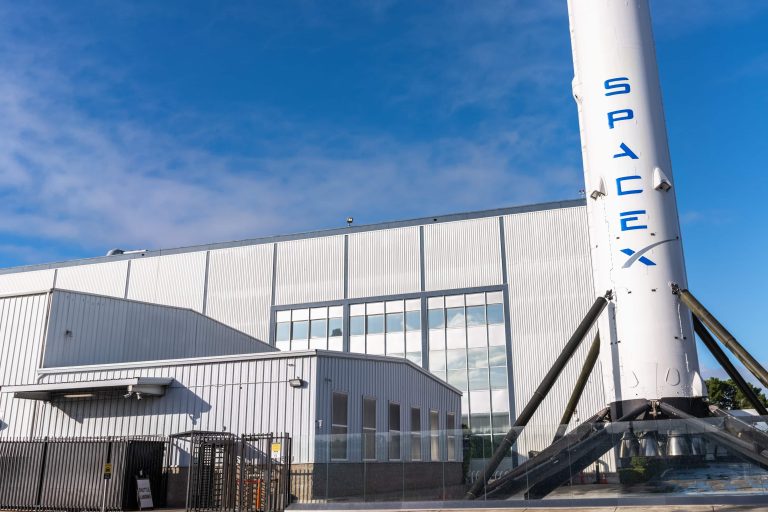The test flight of SpaceX’s highly anticipated Starship rocket—eventually en route to the moon and Mars—was delayed from its original launch date on Monday and rescheduled for a new day: April 20.
The rocket remains on the launchpad located in Cameron County, Texas, approximately 17 miles east of Brownsville, while engineers get the rocket’s pressurized system ready again, which unexpectedly froze. “A pressurant valve appears to be frozen, so unless it starts operating soon, no launch today,” Musk initially tweeted Monday.
“SpaceX is targeting as soon as Thursday, April 20 for the first flight test of a fully integrated Starship and Super Heavy rocket from Starbase in Texas,” the company posted. “The 62 minute launch window opens at 8:28 a.m. CT and closes at 9:30 a.m. CT.” The fact that it will launch on April 20 is “perhaps inevitable,” Musk tweeted in reply to the announcement.
What makes Starship unique is its fully reusable transportation system designed to carry both crew and cargo to Earth orbit. Musk and the SpaceX team believe that humanity will return to the Moon and travel to Mars. This particular test will help SpaceX improve the probability of success in the future.
“To date, the SpaceX team has completed multiple sub-orbital flight tests of Starship’s upper stage from Starbase, successfully demonstrating an unprecedented approach to controlled flight,” SpaceX wrote. “These flight tests helped validate the vehicle’s design, proving Starship can fly through the subsonic phase of entry before re-lighting its engines and flipping itself to a vertical configuration for landing.”
SpaceX explained why there are so many factors that can delay a space flight.
“In addition to the testing of Starship’s upper stage, the team has conducted numerous tests of the Super Heavy rocket, which include the increasingly complex static fires that led to a full-duration 31 Raptor engine test—the largest number of simultaneous rocket engine ignitions in history. The team has also constructed the world’s tallest rocket launch and catch tower. At 146 meters, or nearly 500 feet tall, the launch and catch tower is designed to support vehicle integration, launch, and catch of the Super Heavy rocket booster. For the first flight test, the team will not attempt a vertical landing of Starship or a catch of the Super Heavy booster.”
A live webcast of the flight test will begin about 45 minutes before liftoff. As is the case with many space-related launches, this schedule is dynamic and likely to change.
“During the next attempt on Thursday, the Super Heavy booster will detach and then make a hard splashdown in the Gulf of Mexico about eight minutes after liftoff. Starship’s upper-stage spacecraft will make a partial lap around Earth, coming down in the Pacific Ocean near Hawaii around 90 minutes after launch,” the report said.
Is the 4/20 date significant? Probably, given Musk’s past five years in the spotlight: On August 7, 2018, Musk tweeted he was mulling over taking Tesla private, quoting a price of $420 per share for the buyout.
He told the New York Times that he’s aware of how popular weed is, but he’s not sure how it could help productivity, to be candid. “It seemed like better karma at $420 than at $419,” Musk said. “But I was not on weed, to be clear.” That all changed a month later on a podcast appearance on The Joe Rogan Experience.
On September 6, 2018, Musk smoked a blunt on episode #1169 of The Joe Rogan Experience. Rogan himself became embroiled in the topic of free speech due to his Spotify fiasco, over concerns the podcaster was sharing information that wasn’t medically sound.
